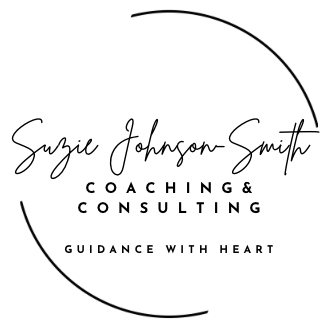In my last post I talked about using the Bridges Lens to examine how we think behave, prioritize and make decisions in challenging times. In this post, I will follow by talking about the 4 levels that make up the Bridges relational model.
At the individual level, we analyze the complexity of living in long term instability and examine how to build 11 essential resources with the individuals we serve to stabilize their environment and move towards their preferred future story. We discover how to improve our communication, mutual accountability, and create genuine respectful relationships. We learn new coaching strategies to support individuals in a way that truly meets them where they are at, vs where we think they should be.
At the organizational level, we then examine how to use those same tools as a larger team. We co-investigate our client life cycle and discover the pain points that our vulnerable community members may experience when accessing our services. We explore our theory of change and analyze who is change talking first – the organization or the customer – which affects our organizational outcomes and funding. We discover how low resources at the institutional level also leads to the “tyranny of the moment”, and we brainstorm on how to build the 11 essential institutional resources together for a healthier, engaged, thriving organizational culture. We learn how to apply the Bridges lens to improve our policies & procedures, programs & services, and internal collaboration using a person-centered motivational approach for both staff and clientele. We analyze the needs of the leadership team and uncover ways to walk the walk in becoming a “people centered” organization, with a manageable plan on how to get there. And all of this results in improved culture, engagement, and outcomes!
At the community and policy levels, we collaborate with service recipients, service providers and service funders/decision makers by forming a Bridges Steering committee to address community challenges. We engage both the private and the non-profit sectors in community wellbeing initiatives. We partner with community partners to launch Getting Ahead in a Just Getting by World for under-resourced families, while also using the Bridges individual lens tools and strategies for improved relationships and outcomes.
Bridges out of Poverty is a relational model that improves the lives of the individuals we serve, the culture of the organizations who serve them and the well-being of the communities we all live in. How can we go wrong in exploring that? With many of our organizations and communities struggling and in a continual state of recovery, Bridges is your answer.
To find out more about using the Bridges model to help your organization or team, get in touch with me.
